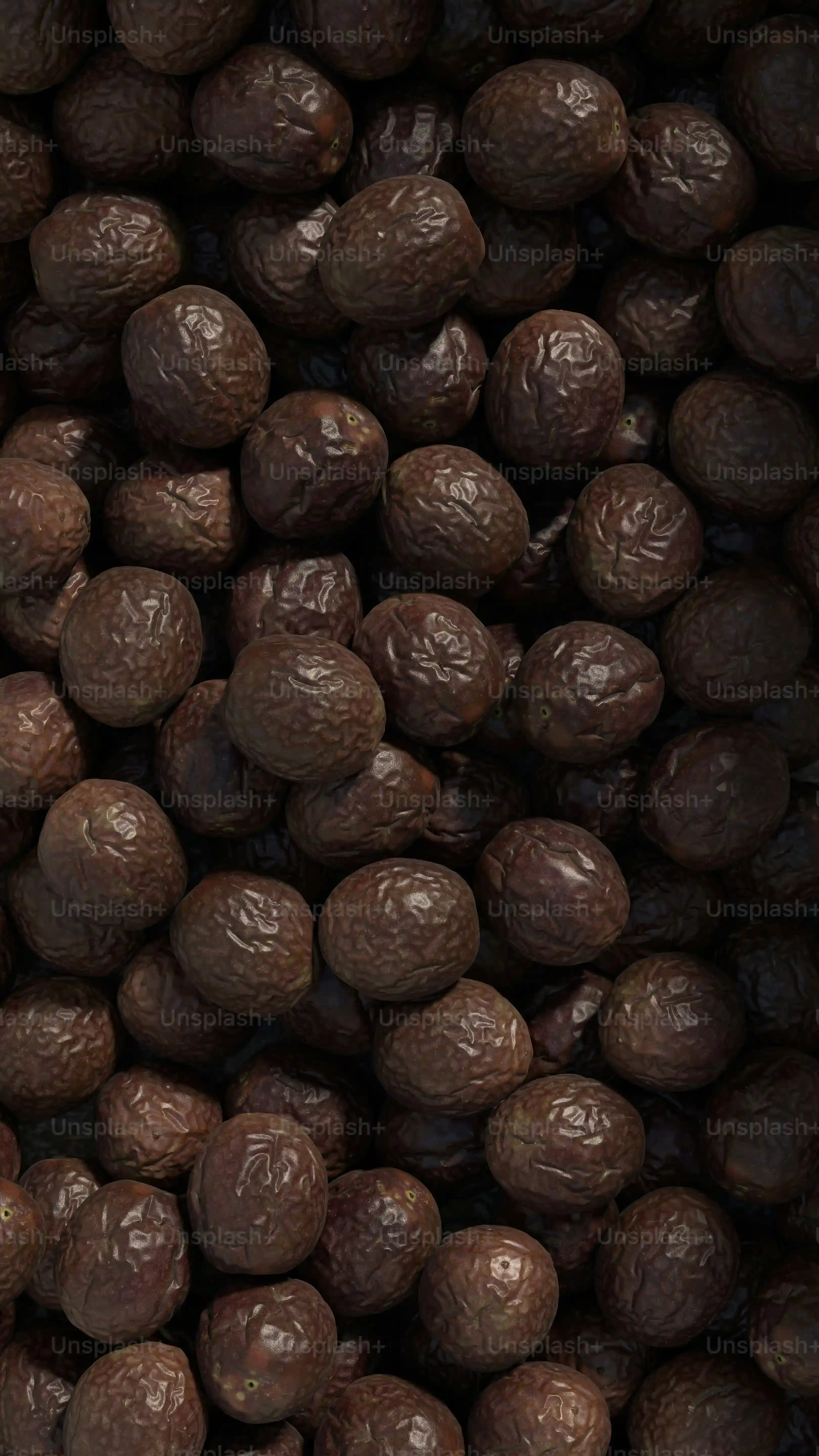Table of Contents
let's talk about brownies. Specifically, black bean fudge brownies. I know what you're thinking. Beans? In my brownies? Sounds like something someone trying way too hard to be healthy came up with. And honestly, I thought so too, at first. The idea of swapping out flour for legumes in a classic dessert felt like a culinary crime.
Why Black Beans Belong in Your Fudge Brownies
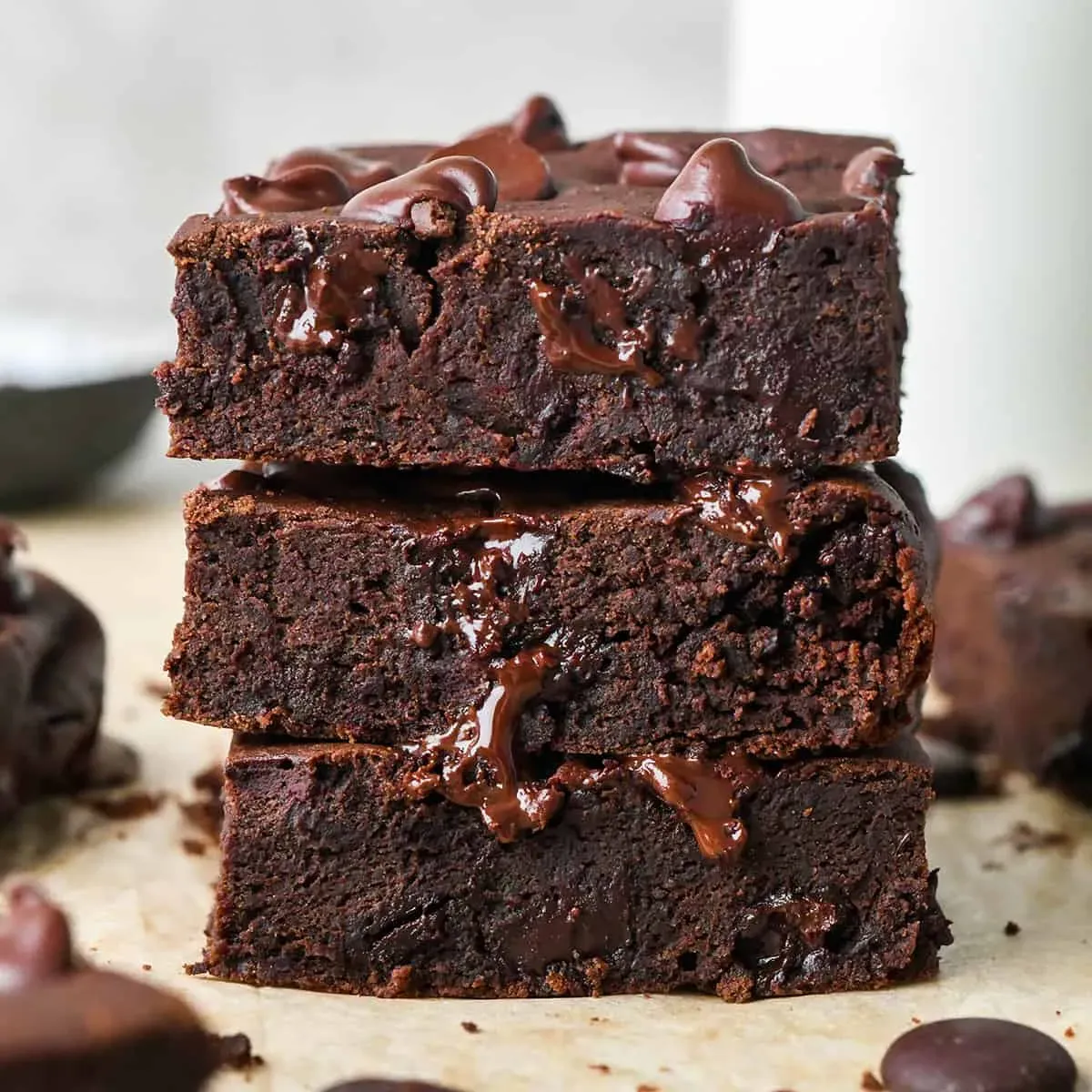
Why Black Beans Belong in Your Fudge Brownies
Giving Brownies That Perfect Fudgy Feel
let's get this straight. We're talking about black bean fudge brownies, and the "fudge" part is key. Black beans aren't just chilling in there hoping you won't notice. They're actually doing some heavy lifting. Think of them as tiny, magical moisture packets and structural engineers rolled into one. When you blend them up super smooth, they create this dense, almost paste-like base. This base is what gives these brownies that incredibly moist, dense, and yes, deeply fudgy texture that’s often hard to get with just flour.
Traditional brownies can sometimes turn out dry or cakey if you look at them wrong. Black beans, however, practically guarantee a gooey center. They hold onto moisture like a champ, preventing that dreaded crumbly outcome. Plus, they add bulk without adding gluten, which is a win for anyone avoiding it, or just looking for a different kind of chew.
Adding Goodness Without the Bean Taste
Now, the big question: do they taste like beans? Absolutely not. This isn't some weird savory-sweet experiment gone wrong. The rich cocoa powder and sweet sugar completely overpower any potential bean flavor. What you're left with is just pure, unadulterated chocolate goodness. But here's the cool part: you get a little nutritional bonus. Black beans sneak in some fiber and protein, making these black bean fudge brownies slightly less of a sugar bomb than their traditional counterparts. It's like they're secretly doing something good for you while you're busy enjoying dessert.
You blend them until they are completely smooth, like baby food consistency. Any lumps, and yeah, you might get a hint of something off. But blend them right, mix them with plenty of chocolate, and they vanish into the matrix of deliciousness. It's the ultimate culinary camouflage.
So, why use black beans? Here’s the short list:
- They provide incredible moisture for a truly fudgy texture.
- They add structure without gluten.
- They are a neutral base that takes on chocolate flavor beautifully.
- They boost fiber and protein content slightly.
- Nobody will guess they're in there if you blend them well.
Mastering the Basic Black Bean Fudge Brownies Recipe
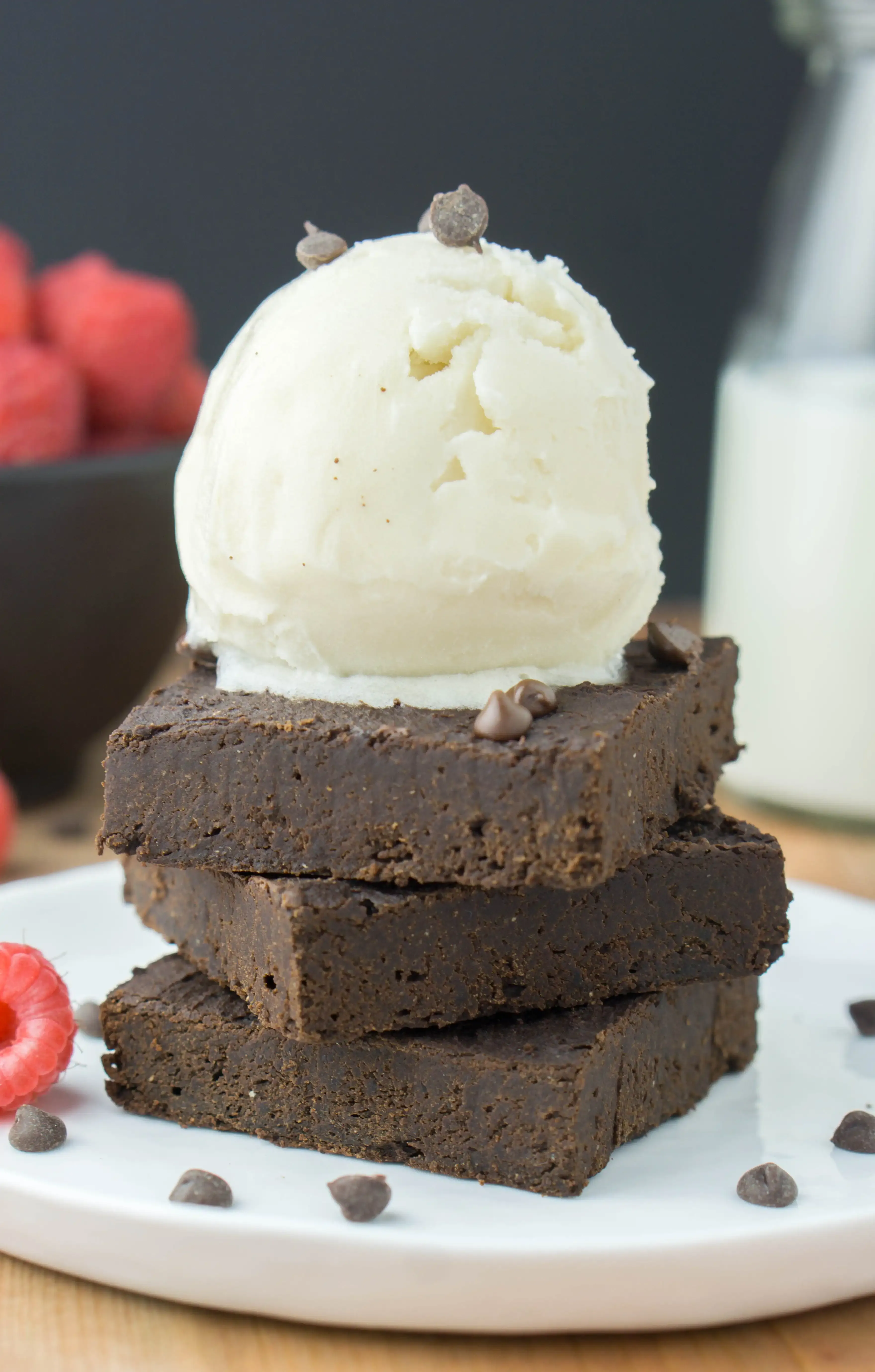
Mastering the Basic Black Bean Fudge Brownies Recipe
Alright, so you're sold on the idea that black beans won't turn your brownies into some kind of health-food punishment. Now, let's get down to the business of Mastering the Basic Black Bean Fudge Brownies Recipe. This isn't rocket science, but there are a couple of non-negotiables if you want that truly fudgy, "wait, there are beans in this?" result. The absolute key is your food processor or a high-powered blender. Don't skimp on the blending time for the beans. They need to be utterly pulverized into a silky-smooth puree. We're talking zero texture, zero grit. Any bean chunks will blow your cover and frankly, mess up the consistency. Think baby food, but for grown-up chocolate lovers. Once those beans are liquid velvet, the rest is pretty standard brownie procedure: whisk wet ingredients, whisk dry, combine, add chocolate chips (because, obviously), and bake. Simple steps, but that initial bean puree step is where the magic happens, or doesn't.
Achieving That Perfect Fudgy Texture

Achieving That Perfect Fudgy Texture
The Bean Puree is Your Foundation
Look, anyone can mix stuff in a bowl and call it brownie batter. But getting that *chef's kiss* fudgy center in your black bean fudge brownies? That's where the technique comes in. It starts, and frankly, almost ends, with how you handle those beans. You need to blend them into oblivion. Seriously. No chunky bits, no grainy texture allowed. If your food processor or blender isn't high-powered enough to turn them into a completely smooth, glossy paste, you're already fighting an uphill battle. Think hummus, but smoother. This ultra-smooth bean puree is the secret sauce, providing the density and moisture needed to avoid a cakey disaster and lean hard into the fudge territory. Don't rush this step; it's the most critical part of the whole operation.
Baking Time is Everything for Fudginess
Once your batter is ready, the oven becomes the final frontier for fudginess. Overbaking is the mortal enemy of a truly decadent brownie, especially with black bean fudge brownies. You want to pull them out when the edges are set but the center still looks slightly underdone and maybe a little wobbly. A toothpick inserted into the center should come out with moist crumbs clinging to it, not totally clean. It feels wrong the first time, I know. You think, "Surely this needs five more minutes." Resist the urge! Residual heat will continue to cook them as they cool. Baking just to the point of *almost* done is the key to that gooey, melt-in-your-mouth texture. If you bake until a clean toothpick comes out, you've essentially made black bean cake, and nobody wants that.
Here are a few pointers for maximum fudge:
- Blend beans until absolutely smooth – no exceptions.
- Measure ingredients precisely; baking is chemistry, not improv.
- Do not overmix the batter once wet and dry ingredients meet.
- Use good quality cocoa and chocolate chips; it makes a difference.
- Err on the side of underbaking.
- Let them cool completely before cutting (the hardest part, I admit).
Simple Swaps and Variations for Your Black Bean Brownies
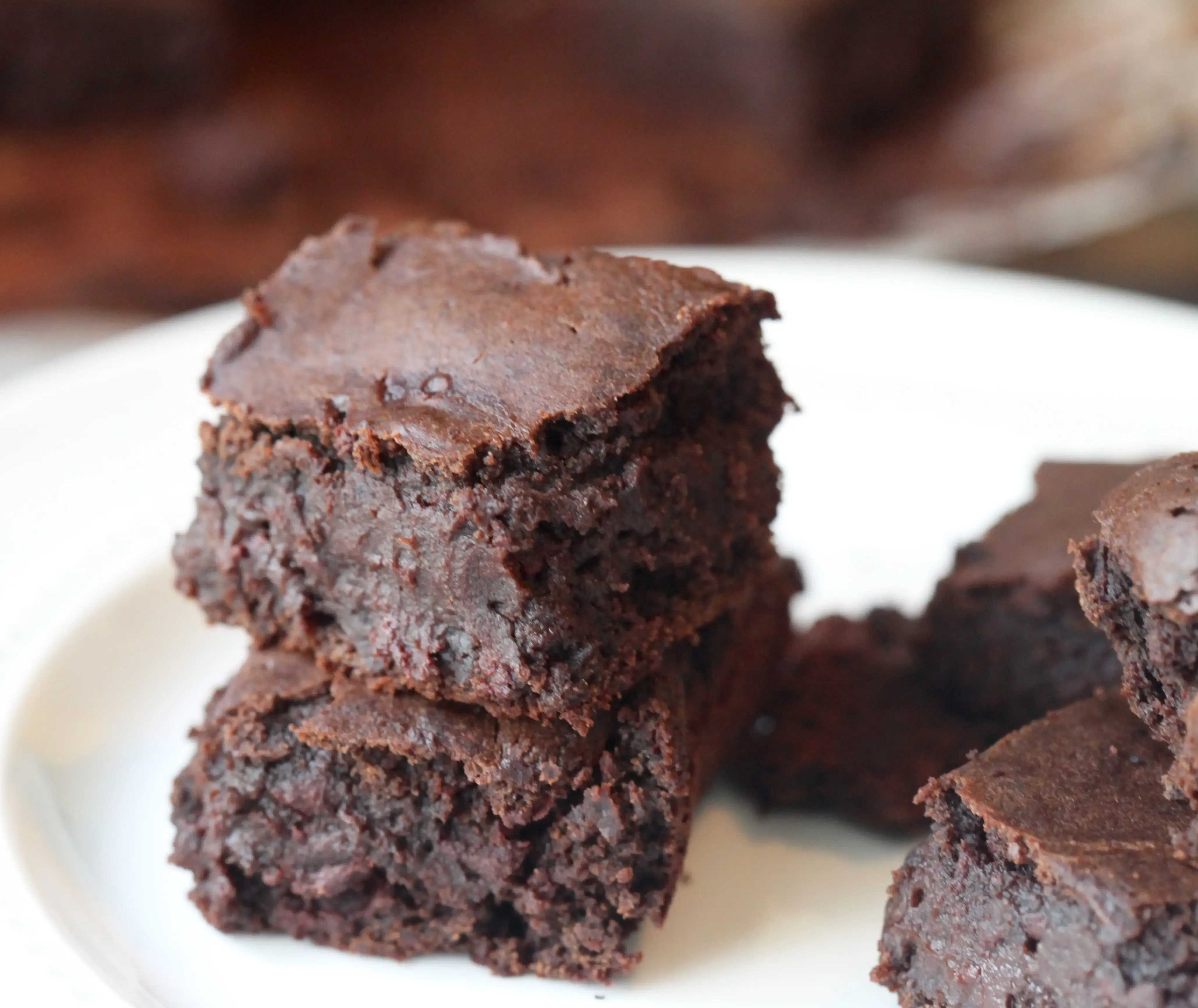
Simple Swaps and Variations for Your Black Bean Brownies
Making These Brownies Your Own: Easy Ingredient Swaps
so you've nailed the basic black bean fudge brownies. They're fudgy, they're secretly healthy-ish, and nobody suspects the beans. But maybe you don't have exactly what the recipe calls for, or you just like to tinker. Good news: these brownies are pretty forgiving when it comes to simple ingredient swaps. Out of granulated sugar? Maple syrup or coconut sugar usually work fine, though they might change the texture slightly (maple syrup adds more moisture). No melted butter? Coconut oil or even a neutral vegetable oil can step in. If you're not going vegan, feel free to use a regular egg instead of a flax egg, or vice versa if you are. The key is often swapping like for like in terms of wetness and fat content. Don't just freestyle wildly, but minor substitutions are definitely on the table.
Flavor Boosts and Mix-Ins to Jazz Things Up
Plain black bean fudge brownies are great, but sometimes you want a little extra something-something. This is where you get to play. Chocolate chips are non-negotiable in my book, but try different kinds: white chocolate, dark chocolate chunks, even peanut butter chips. Nuts add a nice crunch – walnuts, pecans, or almonds chopped up and folded in. A swirl of peanut butter or almond butter into the batter before baking creates gooey pockets of nutty goodness. A pinch of espresso powder enhances the chocolate flavor dramatically. A little orange zest can brighten everything up. Don't be shy about adding a teaspoon of vanilla extract either; it somehow makes chocolate taste more chocolatey. Just don't overload the batter with too many extras, or they might not hold together as well.
What's the most underrated addition to a brownie? I'm voting for a tiny bit of flaky sea salt sprinkled on top before baking. Trust me on this one.
Adapting for Different Diets
One of the cool things about the base black bean fudge brownies recipe is how easily it adapts. The beans themselves are naturally gluten-free, so if you're using gluten-free cocoa powder and chocolate chips, you're pretty much there. For a vegan version, swap the egg for a flax egg (1 tablespoon flax meal + 3 tablespoons water, let it sit for 5 minutes) or a commercial egg replacer, and use vegan chocolate chips. Ensure your sugar isn't processed with bone char if that's a concern. Trying to cut carbs? Swapping sugar for a sugar substitute like erythritol or a monk fruit blend can work, though you might need to experiment with the amount and expect a slight difference in texture – sometimes sugar substitutes can make things a bit drier. It’s not always a perfect 1:1 swap, so start small and adjust.
Swap | Can Replace | Notes |
|---|---|---|
Maple Syrup | Granulated Sugar | Adds moisture, adjust liquid slightly if needed. |
Coconut Oil | Melted Butter | Neutral flavor, solid at room temp. |
Flax Egg | Chicken Egg | For vegan version, use 1 tbsp flax + 3 tbsp water. |
Sugar Substitute | Granulated Sugar | Experiment with amount, texture might differ. |
Storing and Enjoying Your Black Bean Fudge Brownies
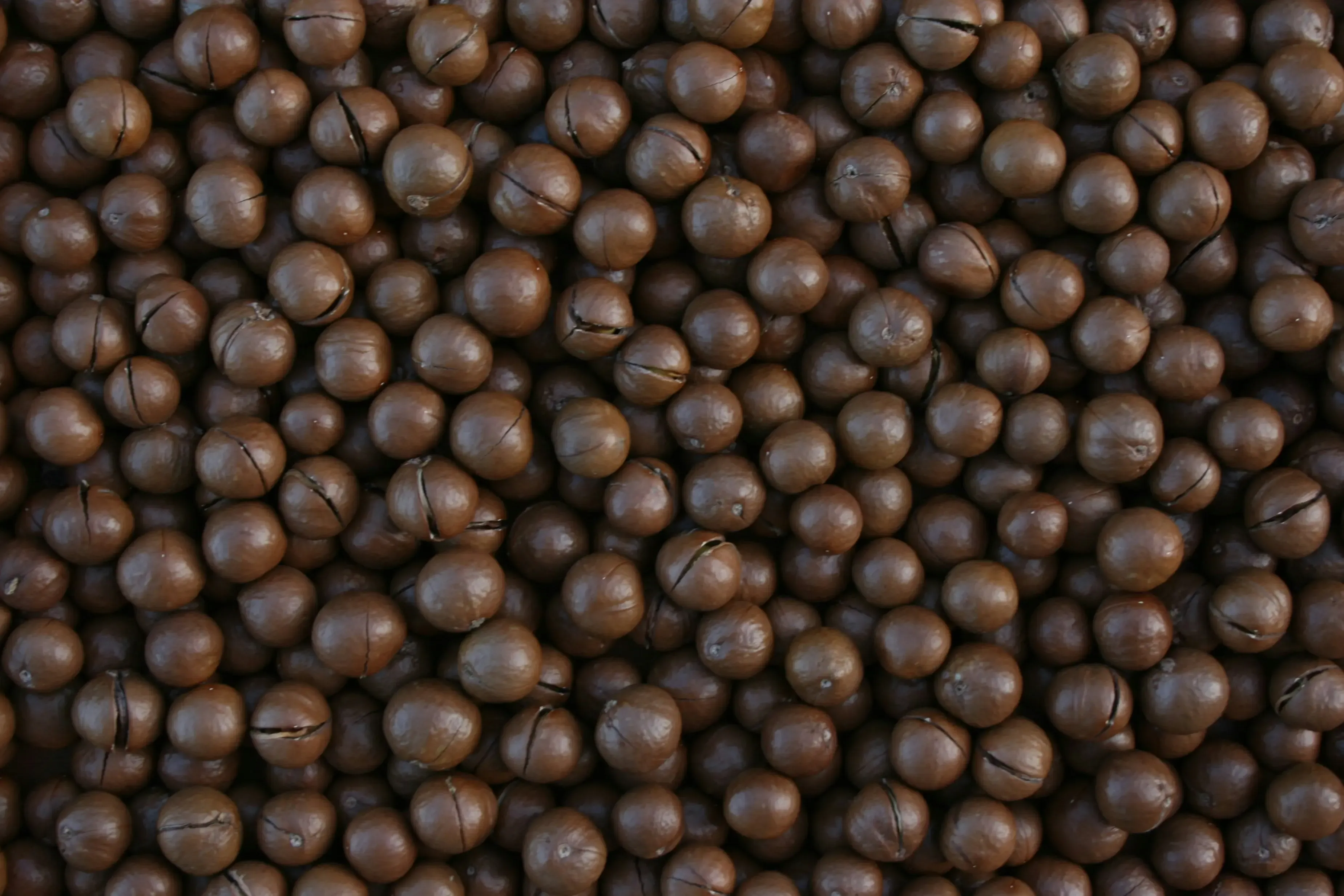
Storing and Enjoying Your Black Bean Fudge Brownies
Keeping That Fudgy Goodness Fresh
you've successfully made a batch of these surprisingly amazing black bean fudge brownies. Now comes the crucial part: making sure they stay just as good as they were when they first came out of the oven. The enemy of fudginess is air and time. Leaving them exposed on the counter is a rookie mistake. You need an airtight container. Period. Pop those cooled brownies into a plastic container with a tight-fitting lid or wrap them individually in plastic wrap before placing them in a larger container. Stored at room temperature this way, they'll stay wonderfully moist and fudgy for about 3-4 days. If you want them to last longer, the fridge is your friend – they'll keep for up to a week, though the texture might firm up a bit (nothing a few seconds in the microwave can't fix). For serious long-term planning (or just hiding them from roommates), freezing is the way to go. Wrap individual brownies tightly in plastic wrap, then foil, and stash them in a freezer bag. They'll be good for a couple of months. Just thaw at room temperature or give them a quick zap.
Best Ways to Devour Your Bean Brownies
Eating a plain black bean fudge brownie is a perfectly respectable choice. They're rich and satisfying all on their own. But why stop there? Think of them as a base for culinary exploration. Warm them up slightly – seriously, just 10-15 seconds in the microwave turns them into molten chocolate bliss. Top that warm brownie with a scoop of vanilla ice cream (dairy or non-dairy, you do you). Drizzle with some extra chocolate sauce or a dollop of whipped cream. Crumble a cold brownie over yogurt or mix pieces into a milkshake. They also pair surprisingly well with a strong cup of coffee or a glass of cold milk. Don't overthink it, but definitely don't limit yourself to just eating them straight from the container (unless you're standing over the sink at 2 AM, which is also acceptable).
How do you take your brownie experience to the next level?
- Warm it up slightly before eating.
- Add a scoop of ice cream.
- Drizzle with chocolate or caramel sauce.
- Sprinkle with sea salt (if you didn't before baking).
- Enjoy with coffee or milk.
- Crumble over yogurt or blend into a shake.
The Final Word on Black Bean Brownies
So there you have it. Black bean fudge brownies. They might sound like a culinary oxymoron, a dessert designed purely for penance, but the reality is far less grim. They deliver on the fudge factor without the usual flour-heavy density, offering a genuinely moist and rich experience. The beans are the silent partners here, adding structure and a touch of nutritional heft without announcing their presence. If you were skeptical, join the club – I was too. But giving these a shot might just expand your definition of what a brownie can be. They're not a magic bullet, and they won't solve all your problems, but they are a surprisingly good way to get your chocolate fix with a side of something slightly less expected. Worth a try, if only to say you did it.
